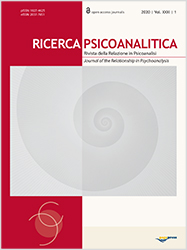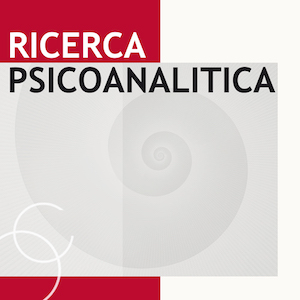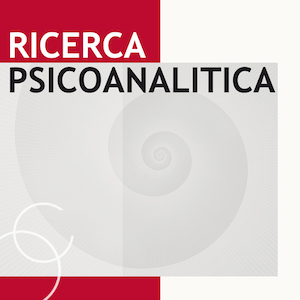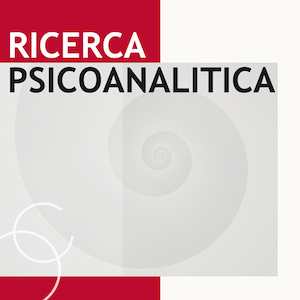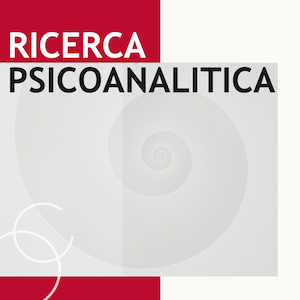Scritti
V. 34 N. 3 (2023)
Il periodo perinatale quale delicato momento di transizione. I possibili risvolti dello stress materno in rapporto all’esordio cancerogeno nella vita intrauterina
Publisher's note
All claims expressed in this article are solely those of the authors and do not necessarily represent those of their affiliated organizations, or those of the publisher, the editors and the reviewers. Any product that may be evaluated in this article or claim that may be made by its manufacturer is not guaranteed or endorsed by the publisher.
All claims expressed in this article are solely those of the authors and do not necessarily represent those of their affiliated organizations, or those of the publisher, the editors and the reviewers. Any product that may be evaluated in this article or claim that may be made by its manufacturer is not guaranteed or endorsed by the publisher.
##plugins.generic.dates.received##: 21 marzo 2023
##plugins.generic.dates.accepted##: 7 giugno 2023
##plugins.generic.dates.accepted##: 7 giugno 2023
348
Visite
232
Downloads

